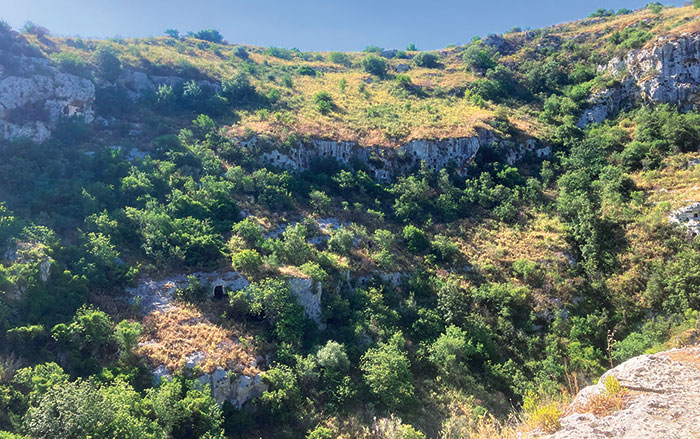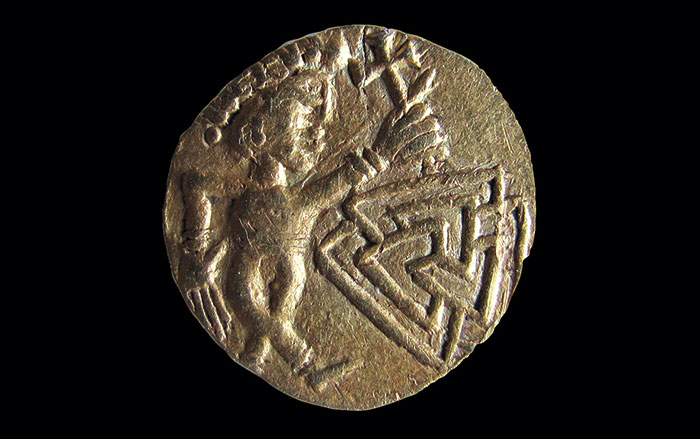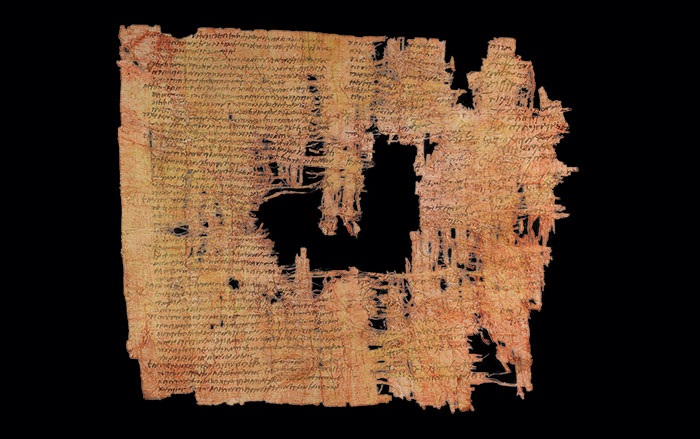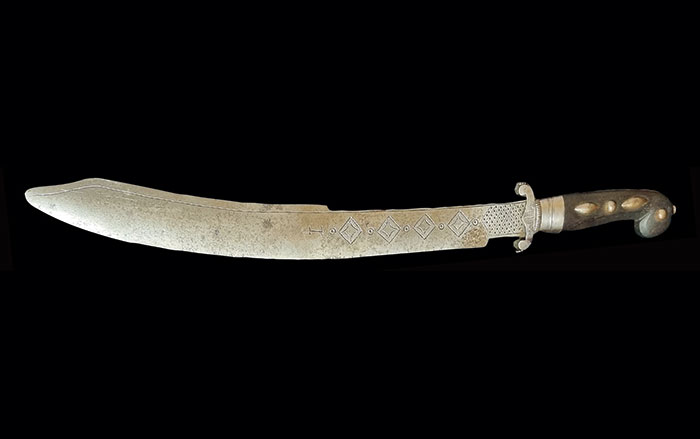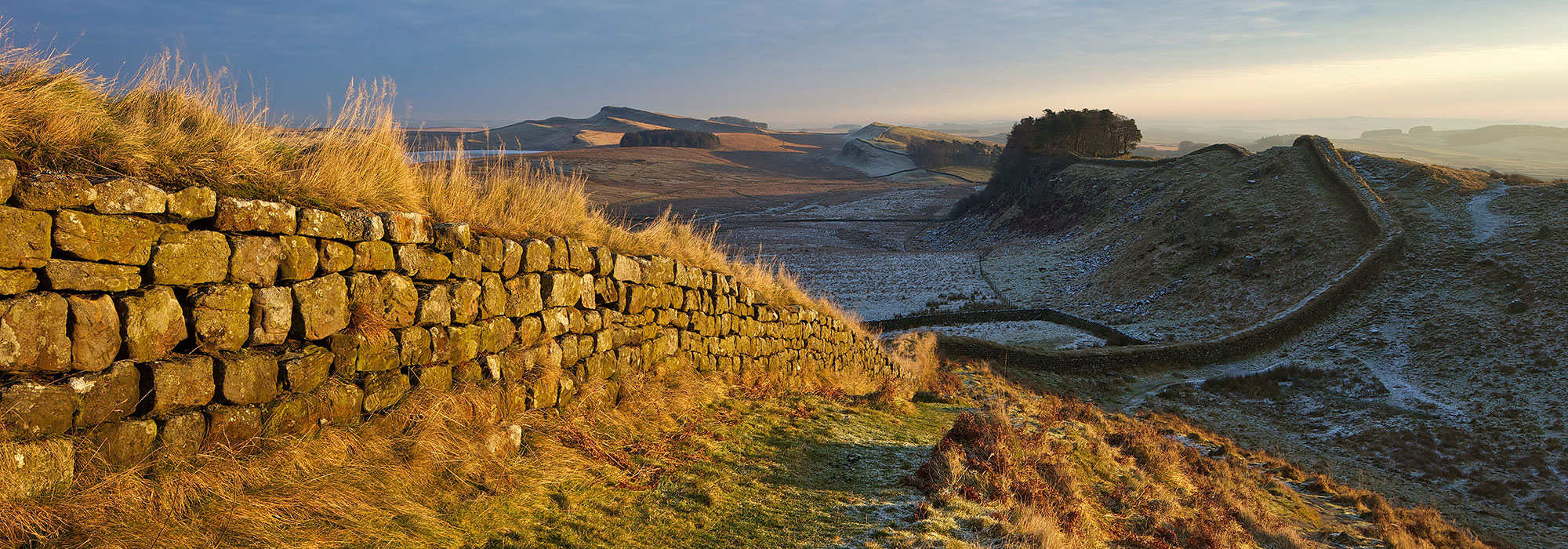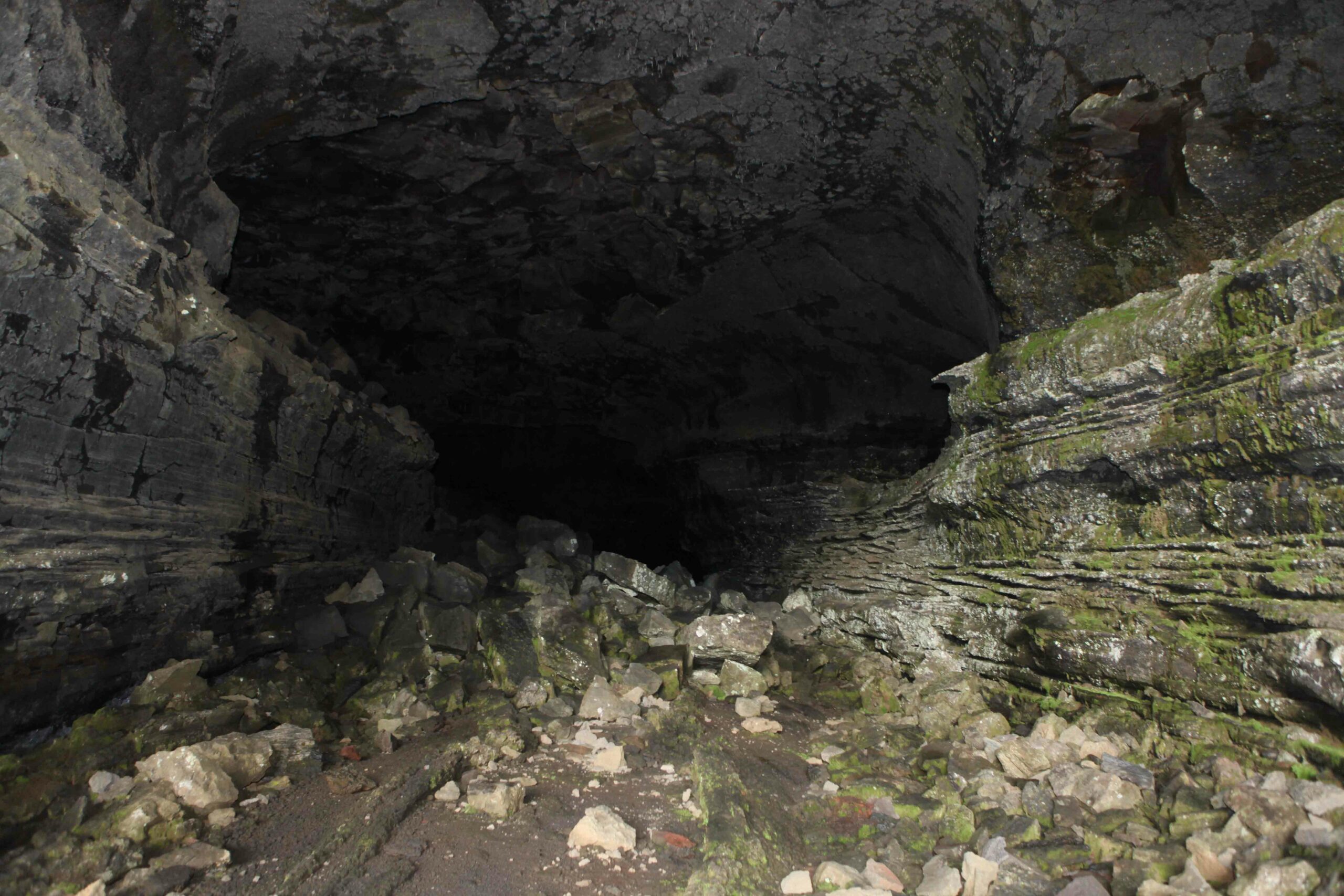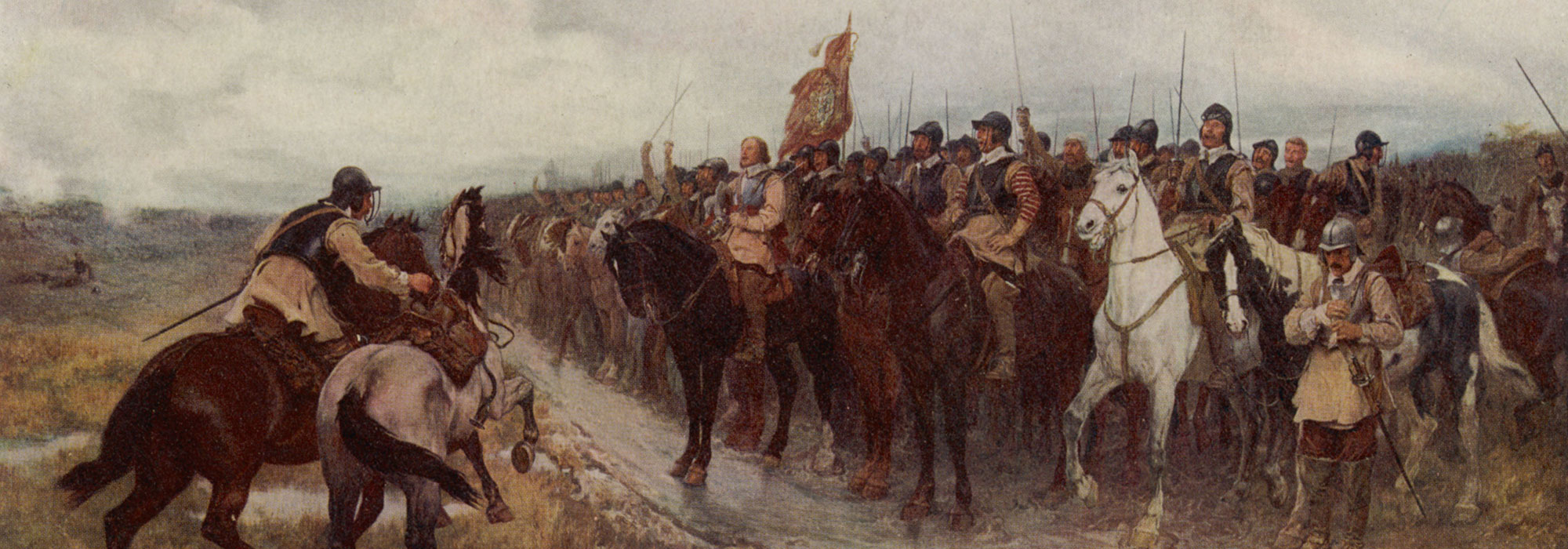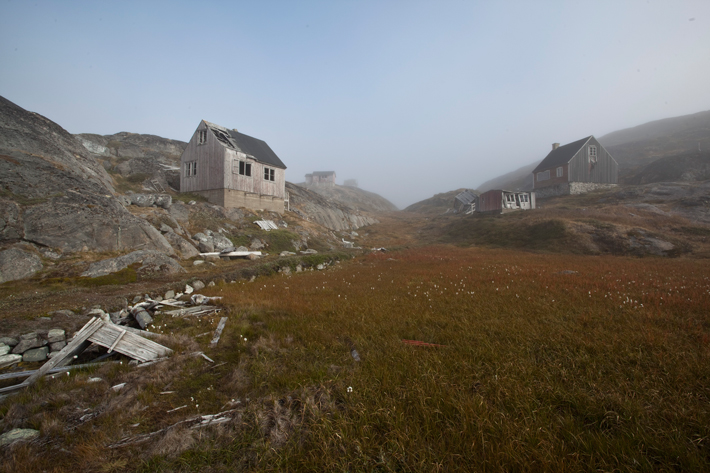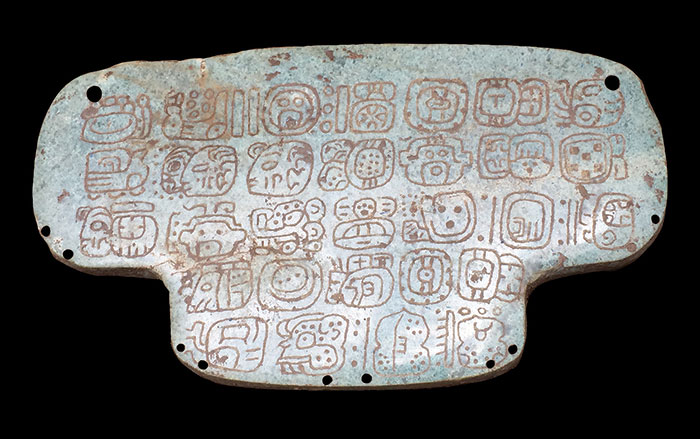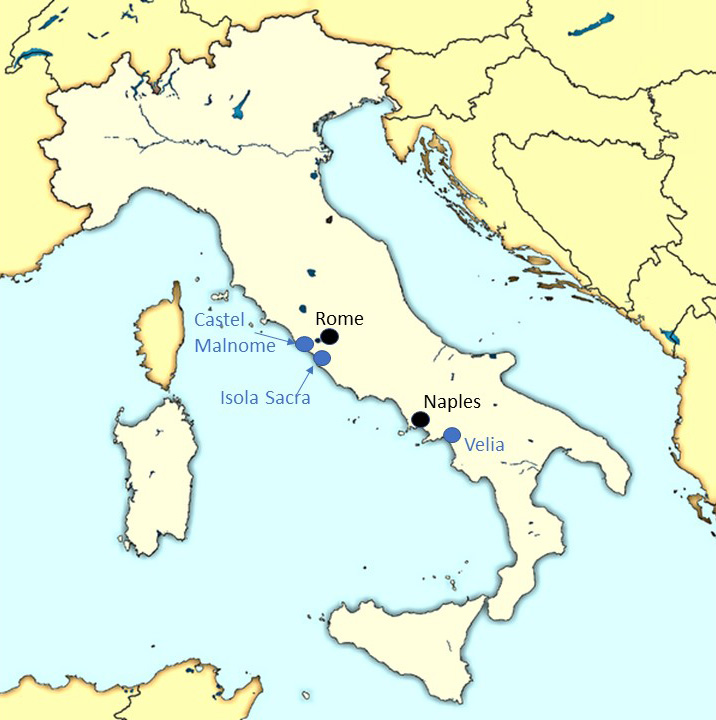
ROME, ITALY—Researchers have discovered distinct patterns in the facial features of individuals buried at three separate Roman grave sites in Italy, Live Science reports. Employing a statistical technique often used in criminal forensics called geometric morphometrics, anthropologists were able to precisely map the shape of skulls found at each site in order to determine if the people buried there showed evidence of being related or resembling one another. Of the three cemeteries chosen for the project, one is located on Isola Sacra, a tiny island southwest of Rome, which was mostly used by the city's middle class, another is at Velia on the southwestern Italian coast, where researchers expected to see evidence of the Greek origin of the region's Roman-era population, and the third is at Castel Malnome on the outskirts of Rome, which was used for lower class laborers. In individuals from Isola Sacra and Velia, the team was indeed able to discern visible similarities that confirm the common genetic background of both communities, but in Castel Malnome, a burial ground for itinerant workers and veterans from around the Roman Empire, such patterns were absent. To read more about the population of ancient Rome, go to "Rome's Imperial Port."


